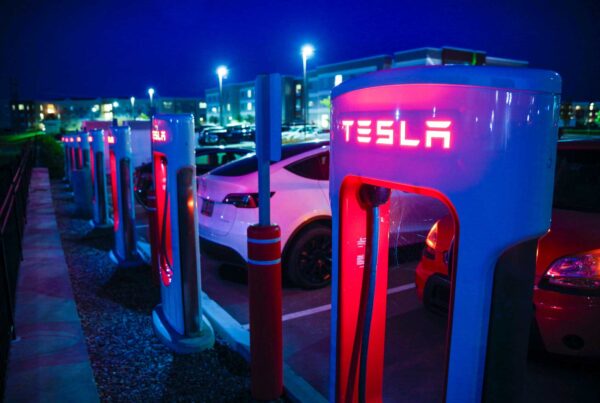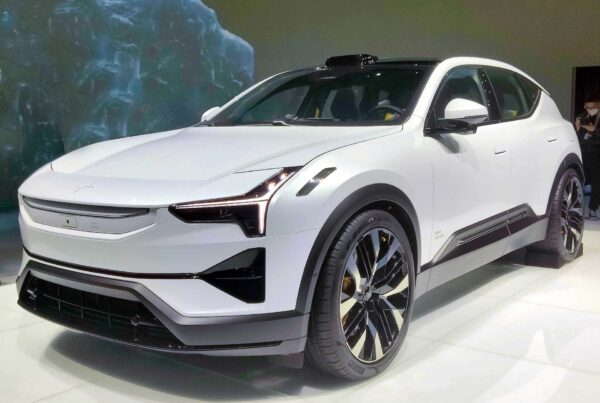The transition to electric vehicles (EVs) has gained significant momentum in recent years, driven by a growing awareness of the need to reduce greenhouse gas emissions and combat climate change. As EV adoption continues to rise, the demand for efficient and rapid charging solutions becomes paramount. In response, the automotive industry, along with technology pioneers, has been actively pushing the boundaries of EV charging infrastructure. In this article, we delve into the latest developments in ultra-fast EV charging, which promise to revolutionize the future of sustainable transportation.
Powering Up: The Need for Ultra-Fast EV Charging
Charging time and range anxiety have long been the primary concerns hindering widespread EV adoption. To address these challenges, a new generation of ultra-fast EV chargers is emerging, offering significantly reduced charging times. This advancement is crucial in encouraging more consumers to switch to EVs, as it aligns with the convenience and speed associated with traditional gasoline-powered vehicles.
Charging Breakthroughs: Ultra-Fast Charging Technologies
1. High-Power Charging Stations:
Infrastructure development plays a pivotal role in the proliferation of EVs. High-power charging stations, such as those using 350 kW chargers, are making their mark in the industry. These stations can deliver incredibly high charging rates, enabling drivers to add several hundred kilometers of range in mere minutes. With ongoing advancements, these stations are becoming more widespread, especially along major highways and transportation routes.
2. Extreme Fast Charging (XFC):
The Extreme Fast Charging technology is currently under development and aims to significantly reduce charging times even further. Leveraging ultra-high-power chargers with capacities of up to 1 MW, XFC could potentially add hundreds of kilometers of range in just a few minutes. Such innovations hold immense promise for commercial fleets, taxis, and long-haul trucking, where time is of the essence.
3. Solid-State Batteries:
Another breakthrough technology that complements ultra-fast charging is the advent of solid-state batteries. These batteries, still under development, promise higher energy density and faster charging capabilities than their traditional lithium-ion counterparts. Solid-state batteries can withstand the rapid charging rates offered by ultra-fast charging stations, making them an ideal match for the future of EVs.
Infrastructure Expansion: A Global Effort
To support the growth of ultra-fast EV charging, industry leaders, governments, and utilities are investing heavily in expanding charging infrastructure. In the United States, for example, the Biden administration has proposed a significant investment in EV charging networks as part of their infrastructure plan. Similarly, countries like China, Germany, and the United Kingdom have committed to expanding their charging networks to accommodate the increasing demand for EVs.
Collaborations and Alliances
The development of ultra-fast EV charging technology requires collaboration across various industries. Automotive manufacturers, technology companies, and energy providers are joining forces to create cohesive and interoperable charging networks. These alliances aim to ensure seamless user experiences, standardize charging protocols, and accelerate the deployment of ultra-fast charging infrastructure globally.
The Role of Renewable Energy
As the world moves towards a cleaner and more sustainable future, the integration of renewable energy sources into ultra-fast EV charging becomes crucial. Charging stations connected to solar or wind power sources not only reduce the carbon footprint of EVs but also contribute to a more resilient and decentralized energy grid. The coupling of renewable energy and ultra-fast charging promotes sustainability on multiple fronts and enhances the overall environmental impact of EVs.
Overcoming Challenges
While the development of ultra-fast EV charging is a significant step forward, several challenges need to be addressed. Upgrading electrical grids to handle the increased power demands of ultra-fast chargers, ensuring widespread accessibility, and developing standardized charging interfaces are key areas requiring attention. Additionally, managing the strain on the power grid during peak charging periods remains a critical concern that must be effectively managed to prevent overloading.
Closing thoughts
The rapid advancement of ultra-fast EV charging technology promises to reshape the future of transportation. With reduced charging times and increased accessibility, EVs will become even more practical for everyday use, alleviating range anxiety and enhancing consumer confidence. The ongoing collaborations, infrastructure investments, and integration of renewable energy sources will further facilitate the proliferation of ultra-fast charging networks. As we move towards a cleaner and greener future, these developments are instrumental in accelerating the adoption of EVs and paving the way for a sustainable transportation revolution.





